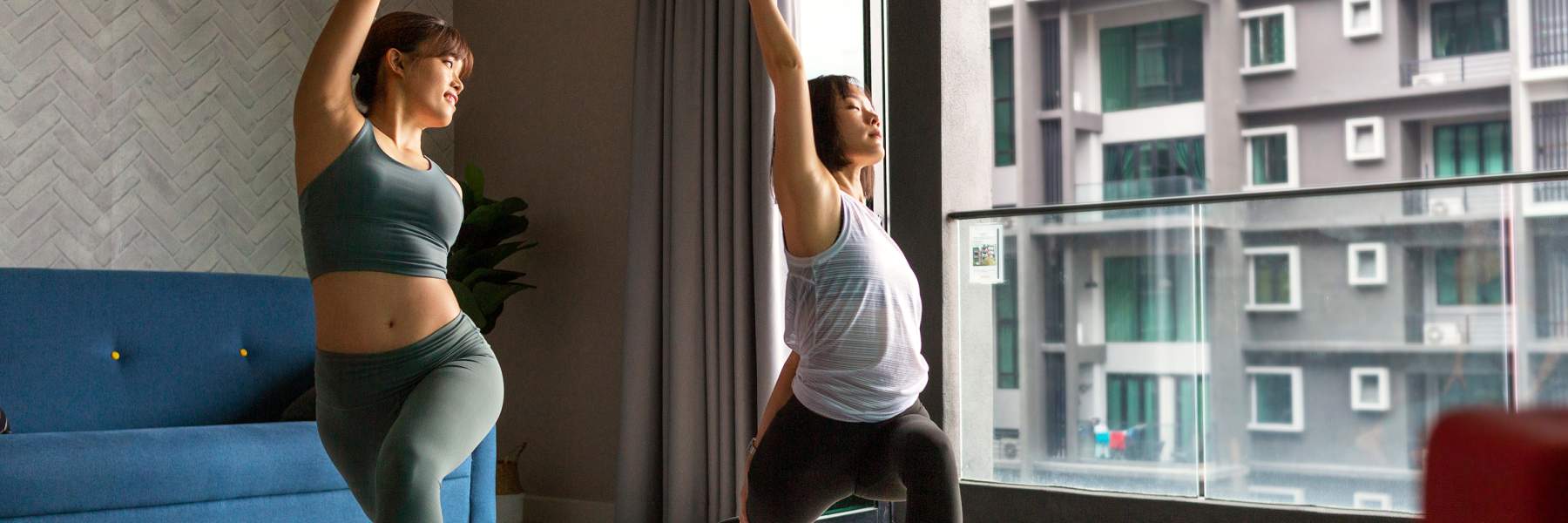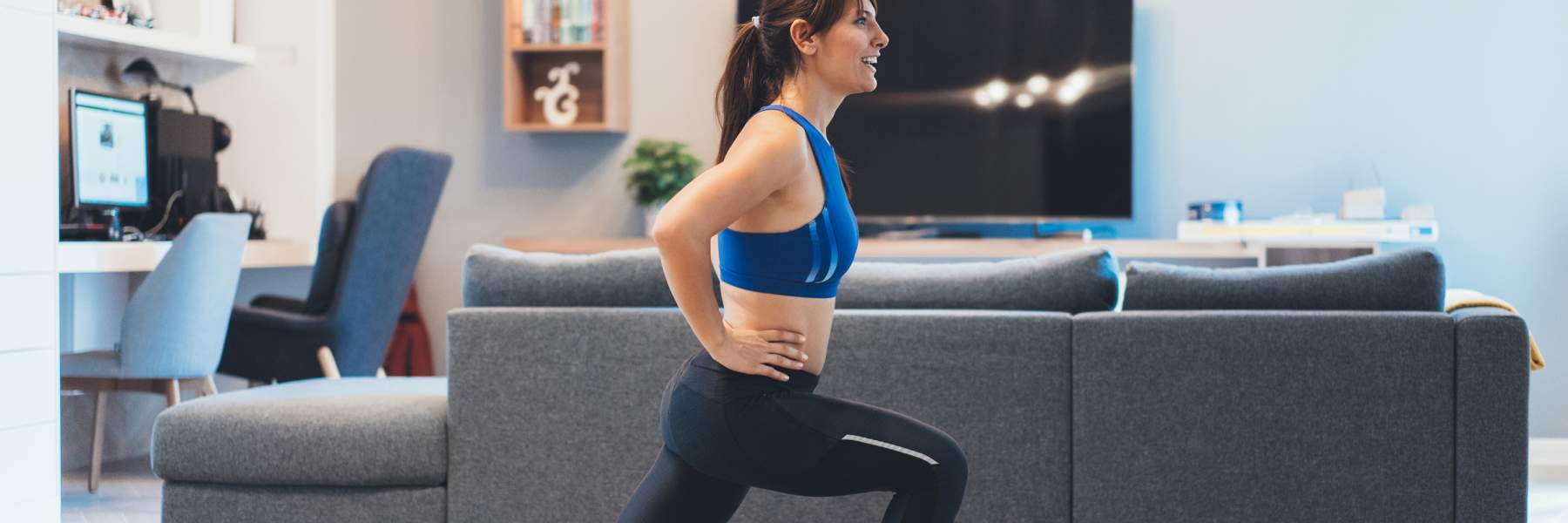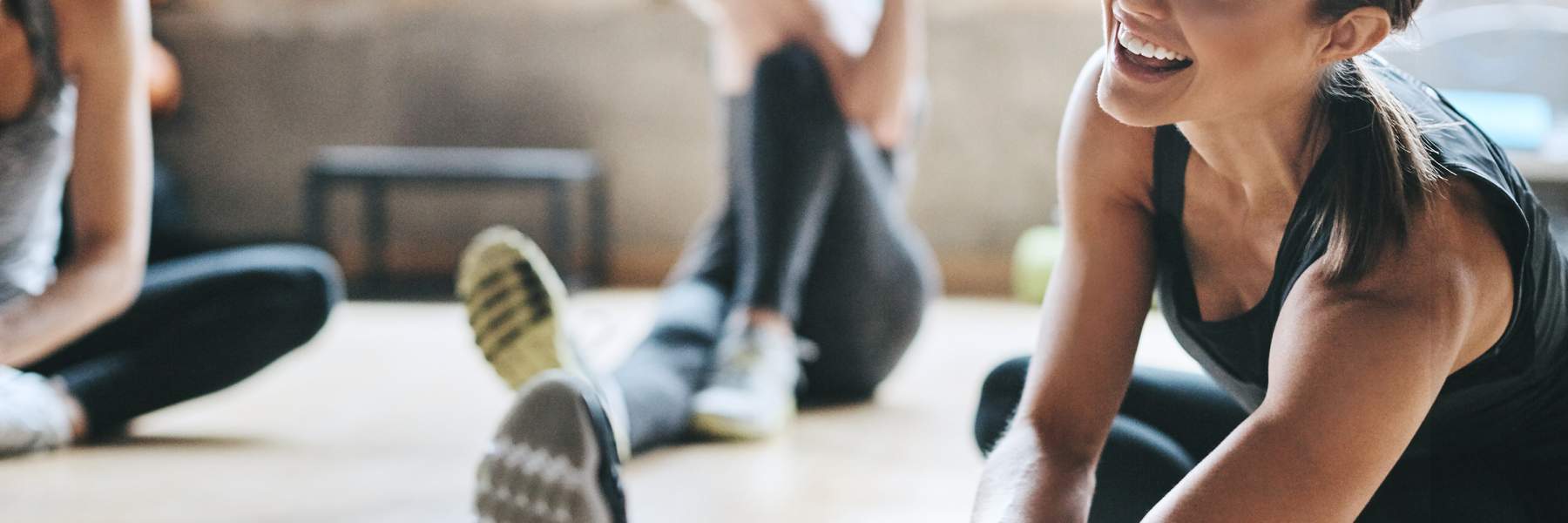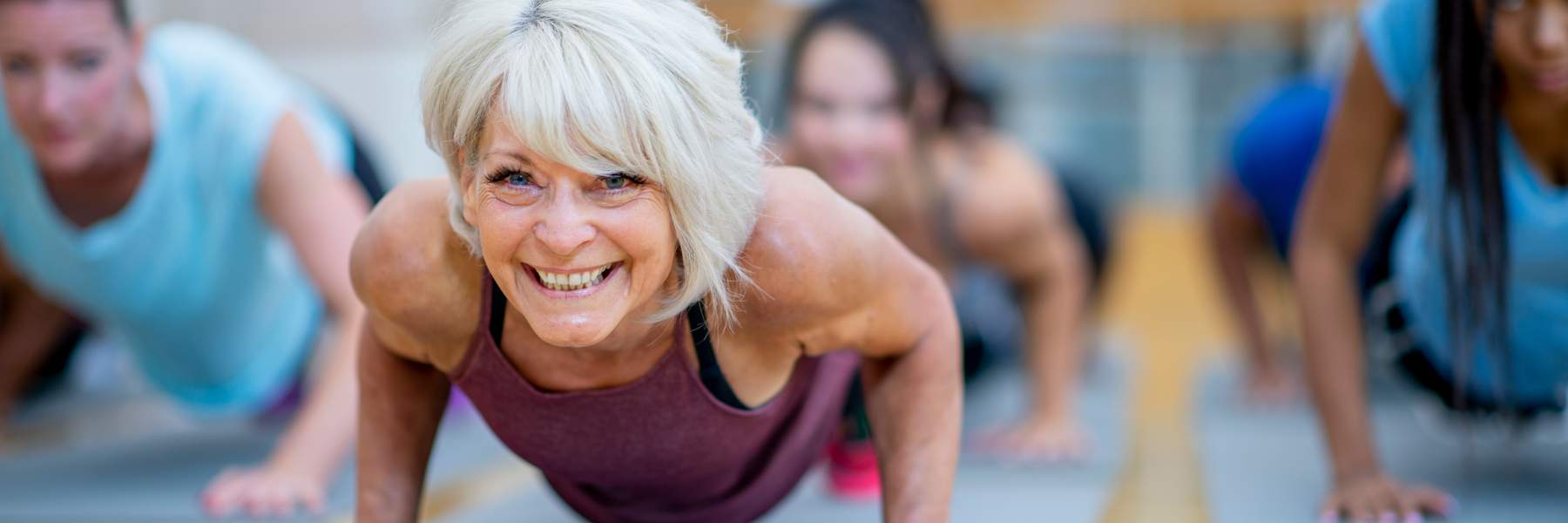Yoga combines physical exercises, meditation and respiratory techniques.
Yoga can strengthen the muscles, relieve stress and increase blood circulation. Through the use of poses, relaxation, and breathing exercises, yoga increases blood circulation, relieves muscle tension and can calm the nervous system. When physical, mental, and emotional states become relaxed, stress levels lower and pain may reduce.
Incorporating a yoga practice into your daily or weekly self-care routine for even 5 minutes is a simple, accessible and low-cost strategy that can positively influence your ability to navigate endometriosis and pelvic pain symptoms.
It has never been easier to try yoga with practices readily available via live-streaming services or in-studio classes.

Yoga offers a chance to deepen your connection to your body, developing greater self-knowledge, autonomy, and self-care practices. Learning to notice pain in advance provides an opportunity to use these yoga practices to control endometriosis and pelvic pain symptoms. Some people with endometriosis have reported a reduction in the use of medication after completing a yoga program.
Yoga affects the vagus nerve, which controls a vast number of conscious and unconscious body functions. There are five mechanisms of pain that you can alleviate via the vagus nerve: inflammation, the sympathetic nervous system, oxidative stress, brain activity and opioid receptors.(1) Through yoga we can influence the vagus nerve which may decrease inflammation.(1)

Choosing a yoga class
It is understandable that you might be nervous about attending your first yoga class, but you don't need to be. Everyone has to start somewhere. Asking a family member or friend to go with you to a yoga class is also a great way to start.

With many different yoga classes available, opt for a gentle, relaxing style of yoga such as:
- Hatha Yoga
- Yin Yoga
- Restorative Yoga
If you don’t feel comfortable attending an in-studio class, check out the videos below and start your yoga practice at home today.
Preparing for an in-studio yoga class
- Ask if the yoga studio will provide a yoga mat or if you need to bring your own.
- Take a water bottle and wear comfortable clothing - the latest activewear is not required. Comfort is key!
- Arrive 10 minutes early to familiarise yourself with the space and meet others who are joining the yoga class.
- Use the bathroom if you need to and know that you can go to the bathroom at any time during a yoga class.
- Remove your shoes, place your personal belongings in the safe storage space provided, and you are ready to start!

What to expect in a yoga class
- You can expect the following elements in a yoga class:
- Welcoming and Organising.
- Asana (Postures or Poses) and Pranayama (Breathing practices aiming to influence the flow of energy throughout the body).
- Meditation and Relaxation (Bringing your mind to one point of focus).
A yoga sequence to try at home (Asana & Pranayama)
Balasana (Wide Knee Childs Pose)
Stretches and opens the hip muscles and lower back while releasing tension from the neck and shoulders.
Viparita Karani (Legs up the Wall)
Blood circulates toward the upper body and head, refreshing the pelvic area and calming the mind.
Sucirandhrasana (Reclined Pigeon)
Improves circulation throughout the lower body, helping to decrease pain caused by inactivity.
Nadi Shodana (Alternate Nostril Breathing)
As more oxygen is received and absorbed by the lungs, the mind can become still, calm and re-energised.
Baddha Konasana (Butterfly)
Stretches the inner thighs, groins, and knees to help improve circulation, while abdominal organs are gently stimulated, helping to relieve heaviness. This pose stimulates bloodflow to the pelvis, abdomen and back.(2)
Meditation and relaxation
Meditation and relaxation are an important part of any yoga practice, whether at home or in a studio. Here are some steps to try:
- Find a comfortable seated position, away from interruptions.
- With a softening of the eyes, become aware of the sound of your breath. Notice the way the air flows in as you inhale and follow your breath out as you exhale.
- Continue noticing the air flow in and out for 5 to10 rounds of breathing.
Relaxation used in yoga practice can counteract the adverse effects of stress by restoring balance to the autonomic nervous system, thus helping to regulate heart rate, breathing and digestion.
References
- Orbuch, I & Stein, A 2019 Beating Endo – How to reclaim your life from endometriosis, Harper Collins Publishers, New York, pp. 201-202.
- Iyengar B.K.S. 2015 Light on Yoga The Definitive Guide to Yoga Practice, HarperThorsons, London, p. 99
 Skip to main content
Skip to main content